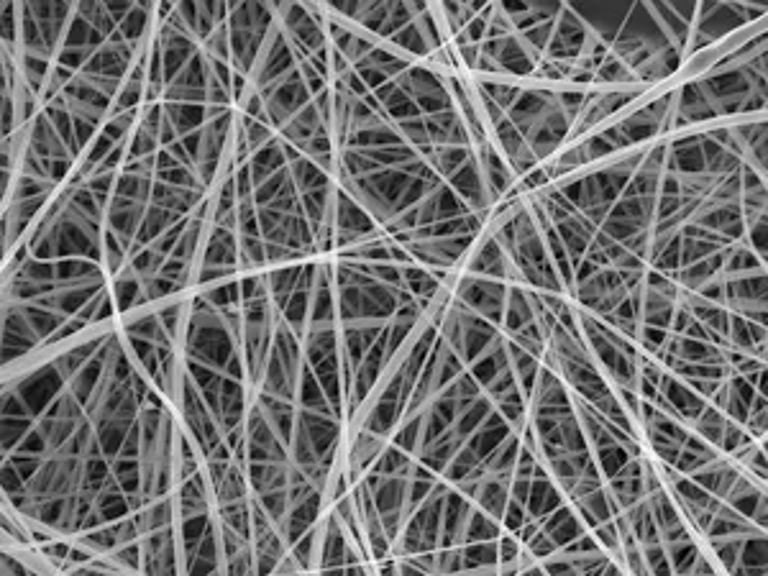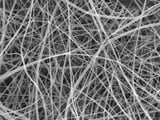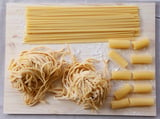UCL Unveils 'Nanopasta': World's Thinnest Spaghetti Revolutionizing Medical Nanofiber Applications
November 21, 2024
Future studies will focus on assessing the properties of these nanofibers, including their disintegration rates and interactions with cells, as well as exploring large-scale production.
Researchers at University College London (UCL) have developed the world's thinnest spaghetti, measuring just 372 nanometers in diameter, making it about 200 times thinner than a human hair.
Traditional methods of producing nanofibers typically involve extracting starch from plant cells, which is energy and water-intensive, leading researchers to explore more sustainable approaches using flour directly.
This innovative material, dubbed 'nanopasta', can be formed into a mat approximately 2 centimeters in diameter, although it is not intended for consumption.
The spaghetti is created using an electrospinning technique, where a mixture of flour and formic acid is drawn through a needle by an electric charge, resulting in extremely thin strands.
Formic acid is used in the process to help break down the starch structure, facilitating fiber formation, while precise temperature control is necessary during preparation.
These starch nanofibers hold significant promise for medical applications, including use in bandages that promote healing by keeping bacteria out while allowing moisture to pass through.
Despite the advancements, further research is required before these nanofibers can be applied in medical settings, indicating that practical applications are still under development.
This research was part of Beatrice Britton's master's degree in chemistry, with contributions from Dr. Adam Clancy and Professor Gareth Williams at UCL.
While the 'nanopasta' is a fascinating demonstration of nanofiber technology, it is not practical for cooking, as it would overcook in less than a second.
The spaghetti serves primarily as a demonstration of the potential uses of nanofibers in various fields, particularly in medicine and industry.
Nanofibers are defined as fibrous materials that are less than 100 nanometers in diameter, with applications ranging from biomedical uses to industrial processes.
Summary based on 6 sources
Get a daily email with more Science stories
Sources

Phys.org • Nov 21, 2024
Chemists create world's thinnest spaghetti
ScienceDaily • Nov 21, 2024
Chemists create world's thinnest 'spaghetti'
Popular Science • Nov 21, 2024
Behold the world’s thinnest spaghetti